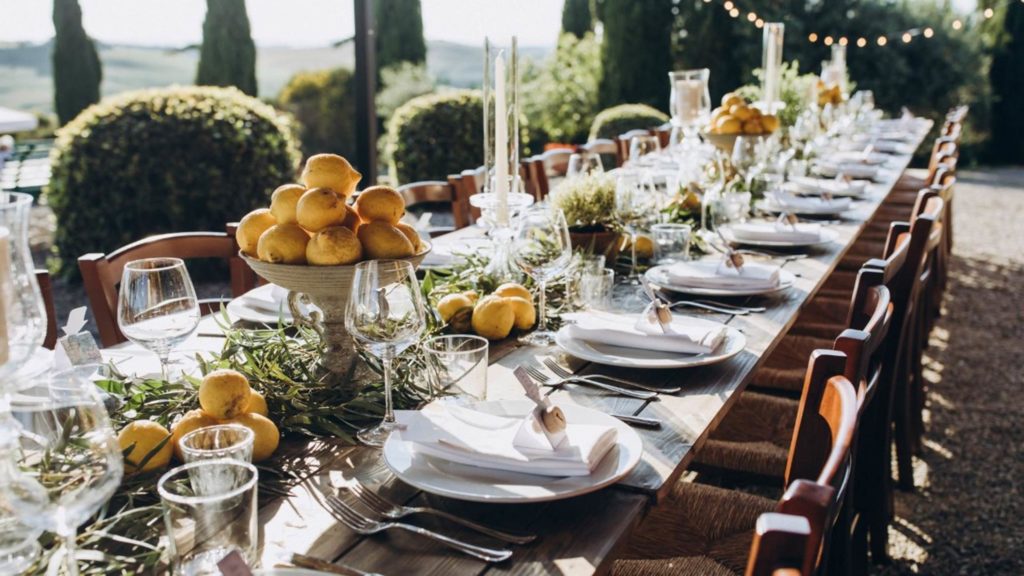When it comes to your wedding, the saying “you get what you pay for” definitely doesn’t apply. Weddings can be much more affordable than you might think if you’re willing to put in some effort.
If you’re just starting out and trying to determine how to create a wedding budget, don’t worry. We’ve got you covered! Here are six simple steps that will help you get started.
1. Determine Your Overall Budget
Not everyone is born with a silver spoon in their mouth, and that’s okay! Just because you may not have an unlimited wedding budget doesn’t mean your wedding can’t be beautiful, special, and memorable. The key to creating a wedding budget is to be realistic about what you can afford and stick to it. Start by determining your overall budget. How much money do you have to work with? Once you have a number in mind, you can start allocating funds to different aspects of the wedding. Make sure to leave some wiggle room in your budget in case of unexpected expenses.
2. Set Priorities and Allocate Funds Accordingly
Do you dream of an extravagant ceremony, or is an intimate gathering more your style? Would you like a grand ballroom reception or a cozy backyard BBQ? Once you’ve decided what’s most important to you, you can begin allocating funds accordingly. Keep in mind that the average US wedding costs around $26,000 and be realistic about what you can afford. Start by setting aside money for the essentials and then use any remaining funds to splurge on those extra touches that will make your day uniquely yours.
3. Consider Your Venue, Catering, and Other Major Expenses
When planning a wedding, it is important to consider your budget and ensure you are getting the most bang for your buck. One of the largest expenses for a wedding is the venue. If you are looking to save money, consider having your wedding at a local park or in your backyard. This can provide a stunning backdrop for your special day without the hefty price tag. Another major expense is catering, so have a realistic idea of how much that will cost. Don’t forget about other big-ticket items like flowers, decorations, and photography! By keeping an eye on your budget, you can make sure that your wedding is everything you’ve ever dreamed of without breaking the bank.
4. Factor In Smaller Details Like Invitations, Favors, and Rentals
As you’re putting together your budget, factor in the smaller details like invitations, favors, and rentals. These items may seem like minor expenses, but they can quickly add up. So be sure to allocate enough money for these items in your overall budget. And if you’re looking to save some money, there are plenty of ways to do so on these smaller items.
5. Stay Organized and Keep Track of Spending
The key to a wedding budget is staying organized and keeping track of your spending. Once you’ve set your budget, it’s time to start tracking your spending. Keep all your receipts in one place and log every expense, no matter how small. This will help you stay on track and avoid overspending. With a little planning and some careful budgeting, you can make less impulsive spending decisions down the road.
6. Revisit Your Budget as Needed and Make Adjustments
Once you’ve created your budget, it’s important to revisit it regularly and adjust it as needed. Things like inflation and unexpected expenses can impact your budget, so it’s important to be flexible. Just remember that your wedding day is about celebrating your love for each other, not spending a fortune. If you keep that in mind, you’ll be just fine.
Creating a wedding budget can be overwhelming, but it doesn’t have to be. By breaking the process down into simple steps and setting priorities, you can create a budget that works for you and your partner. Remember to factor in all the major expenses as well as the smaller details and stay organized so you can track your spending. Don’t forget to revisit your budget as needed—weddings are known for their last-minute surprises! Use this article’s guidance to create a wedding budget that works for you.


